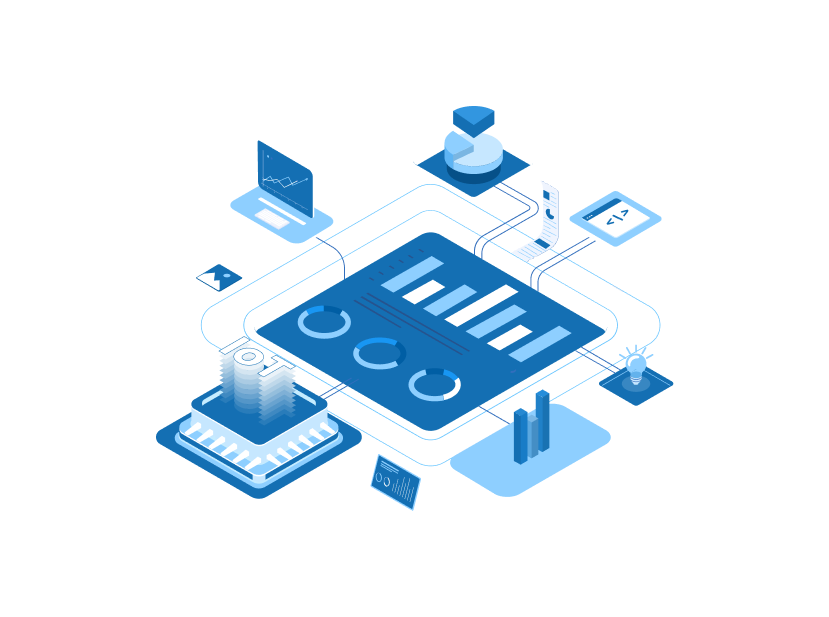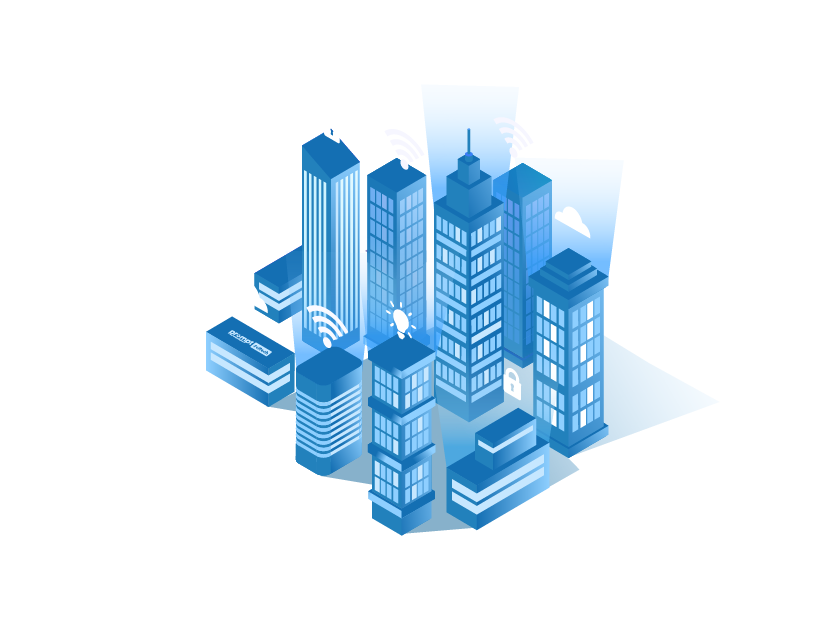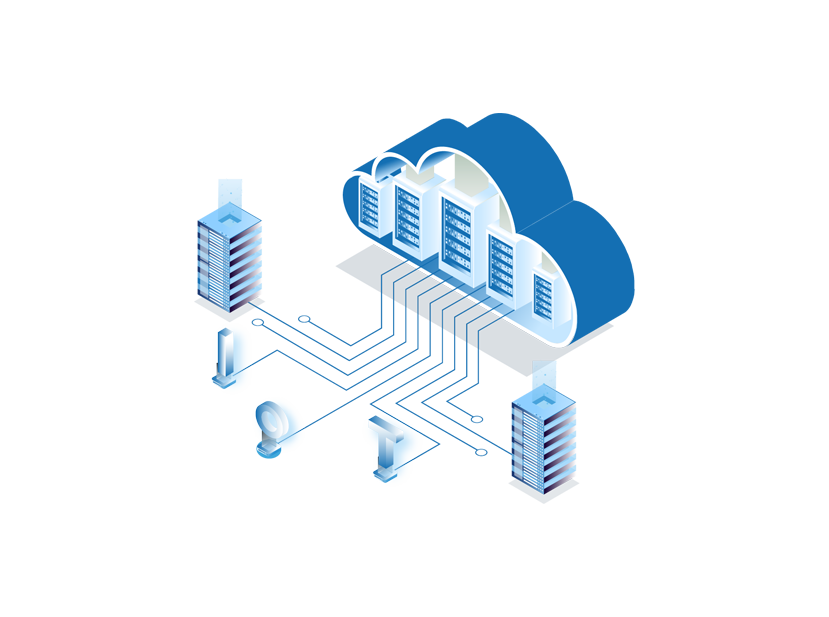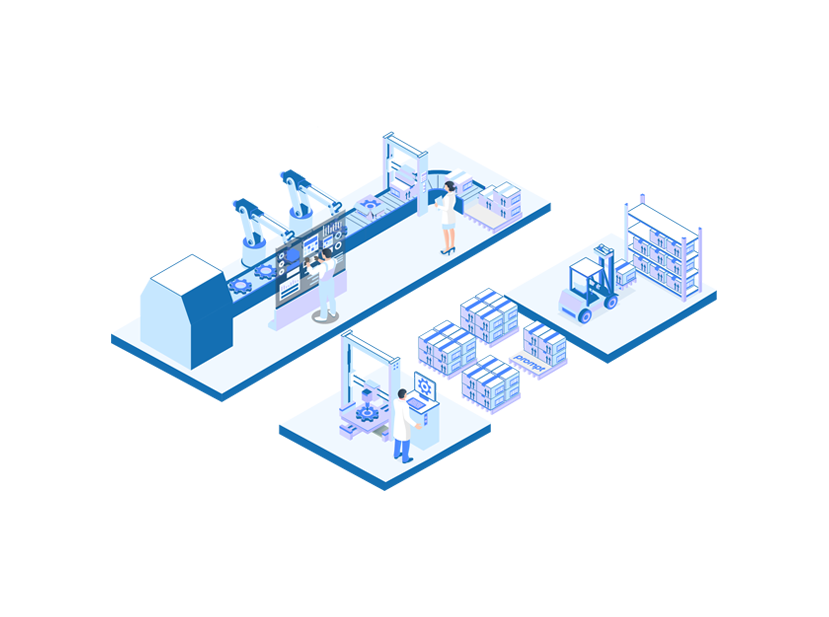A successfully running IoT environment or system embodies interoperability, versatility, dependability, and effectiveness of the operation at a global level. Sift advancement and development in IoT is directly affecting data growth. Multiple networking sensors are continually collecting and carrying data (say geographical data, environment data, logistic data, astronomical data, etc.) for storage and processing operations in the cloud.
The initial devices involved in acquiring data in IoT are mobile devices, public facilities, transportation facilities and home appliances. The flooding of data suppresses the capabilities of IT architectures and infrastructure of enterprises. Besides this, the real-time analysis character considerably affects computing capability.
The generation of Big data by IoT has disturbed the current data processing ability of IoT and demands to adopt big data analytics to boost solutions’ capabilities. We can interpret that today success of IoT also depends on the potent association with big data analytics.
Big data is recommended for a thick set of heterogeneous data present in the unstructured, semi-structured and structured forms. Statista shares that big data revenue generates from service spending, representing almost 39 per cent of the total market as of 2019. In 2019, the data volume generated by IoT connected devices was around 13.6 zettabytes, and it might extend to 79 zettabytes by the end 0f 2025.
Big Data and IoT
Big data and IoT are two mind-blowing concepts, and both need each other for attaining ultimate success. Both endeavors to transform data into actionable insights.
Let’s take an example of an automatic milking machine developed using advanced technology like IoT and Big data.

Automatic milking machine software is designed by Prompt Softech. The Automatic Milk Collection Software (AMCS) is a comprehensive, multi-platform solution that digitizes the entire milk collection system. All the data is uploaded on the cloud, which provides real-time information on milk collection to the stakeholders.
AMCS enables transparency between dairy, milk collection centre and farmers. The shift from data filling on paper to digital data storage has reduced the chances of data loss along with human errors. A tremendous amount of data is processed and stored in the cloud daily. On the other hand, farmers get notified about the total amount of milk submitted and the other details. They can access the information about the payment and everything using the mobile app at any time.
This combination of real-time IoT insights and big-data analytics cuts off extra expenditure, improves efficacy and allows effective use of available resources.
Using Big Data:
Big data support IoT by providing easy functioning. Connected devices generate data, and it helps organizations in making business-oriented decisions.
Data processing includes the following steps:
- IoT connected devices generate a large amount of heterogeneous data stored in big data systems on a large scale. The data relies on the ‘Four “V” s of Big Data: Volume, Veracity, Variety & Velocity.
- A big data system is a shared and distributed system, which means that a considerable number of data records in big data files are present in the storage system.
- It uses an excellent analytic tool to analyze the data collected.
- It examines and produces a conclusion of the analyzed data for reliable and timely decision-making.
Challenges with Big Data Analytics
The key challenges associated with Big Data and IoT include the following:
Data Storage and Management:
The data generated from connected devices increases rapidly; however, most big data systems’ storage capacity is limited. Thus, it turns into a significant challenge to store and manage a large amount of data. Therefore, it has become necessary to develop frameworks or mechanisms to collect, save, and handle data.
Data Visualization:
Usually, data generated from connected devices are unstructured, semi-structured or structured in different formats. It becomes hard to visualize the data immediately. This implies preparing data for better visualization and understanding to get accurate decision-making in real-time while improving organizational efficiency.

Confidentiality and Privacy:
We all know that every IoT-enabled devices generate enormous data that requires complete data privacy and protection. The data collected and stored should stay confidential and have complete privacy as it contains users’ personal information.
Integrity:
Smart devices are specialists in sensing, communicating, information sharing, and carrying analysis for various applications. The device assures users of no data leakage and hijacking. Data assembly methods must use some measure and condition of integrity strongly with standard systems and commands.
Power Captivity:
Internet-enabled devices need a constant power supply for the endless and stable functioning of IoT operations. Many connected devices are lacking in terms of memory, processing power, and energy –– so they must adopt light-weighted mechanisms.
Device Security:
Analytics face device security challenges as big data are vulnerable to attacks. Data processing faces challenges due to short computational, networking, and storage at the IoT device.
Many Big Data tools provide valuable and real-time data to globally connected devices. Big data and IoT examine data precisely and efficiently using suitable techniques and mechanisms. Data analytics may differ with the types of data drawn from heterogeneous sources.
Source: IoTForAll – Challenges with Big Data Analytics in IoT
















